Two Japanese Exploratory Robots Might Just Successfully Land On An Asteroid
Indira Datta - Oct 11, 2018
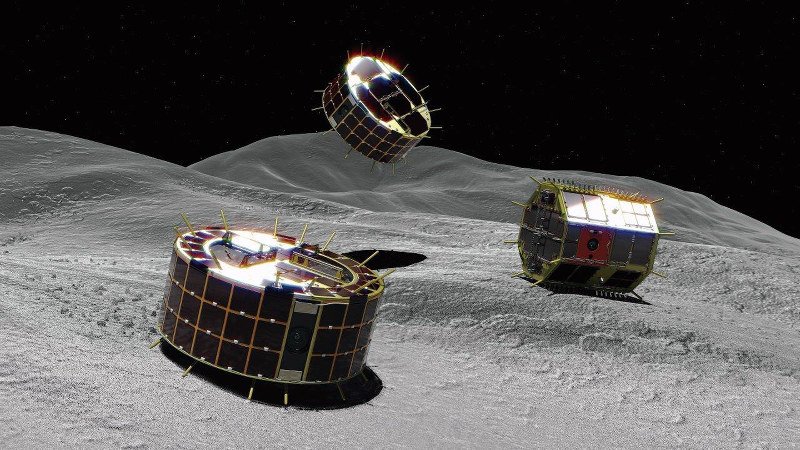
Two exploratory robots of Japan might just successfully land on an asteroid.
- The First Space Hotel In The World Will Welcome 400 Guests
- Startup Builds Vehicle With Soviets Tech To Collect Space Garbage
- World's First Space Hotel To Begin Construction In 2025 With Rooms For 400 Guests
LANDING ON ASTEROIDS
A pair of robots named Bruce Willis has a mission aiming to shed light on the solar system's origins. The rovers have landed on an asteroid whose distance from the Earth is millions of miles and begun a survey. Those robots, unlike Willis, are not sent there to blow it up. These bots are sent there to serve the purpose of studying the kilometer-wide space rock, and each bot has a weight of 1.1 kilograms (2.4 pounds).
We are still not sure whether they will succeed or not, but as we can see this is an actual impediment. Until Saturday, we can be sure that they survived the touchdown. Yuichi Tsuda – challenge supervisor on the Japanese House based on Phys.org said that they have had lots of hope. They could not confirm anything yet but they were very optimistic.
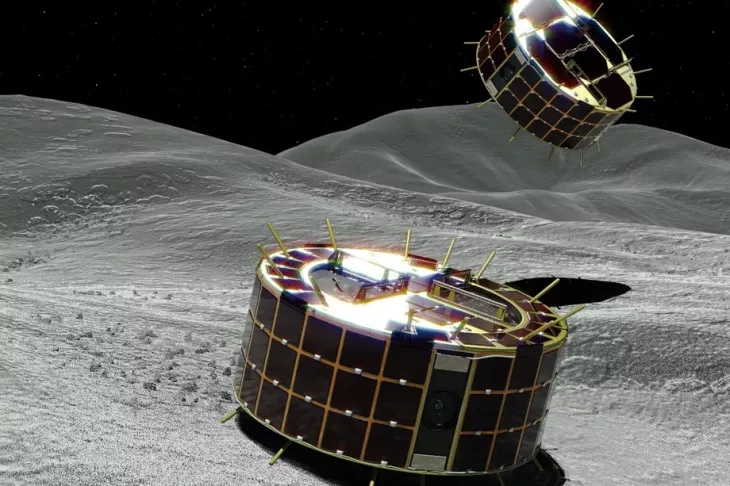
A rendering image of the two robots on the surface of Ryugu
BOUNCE BOTS
The Japan Aerospace Exploration Company launched in December 2014 is Hayabasa2 – a spacecraft with the size of a refrigerator was destined for Ryugu – a lumpy asteroid about 289 million kilometers from the Earth. In June, Hayahusa2 reached Ryugu; and on Friday, he tossed two little exploratory robots toward the asteroid.
In the case that they successfully manage to land, those two robots will then use their motors which is powered by solar energy to bounce around the surface of the asteroid, remaining airborne for periods around 15 minutes due to the weak gravity of Ryugu. The bots will record information such as photos of the asteroid as well as surface temperature from a vantage point up to 15 meters above the surface and then send it back to Earth.
A rendering image of the two robots on the surface of Ryugu
BACK HOME
As Ryugu and similar asteroids have not had many changes over the past 4.5 billion years, this mission could assist us in understanding more about how our solar system was formed. It could also help provide useful information for future asteroid mining efforts. Besides, there is a big financial incentive for figuring out what are the best ways to harvest those potential profits because this Ryugu is worth an estimate of $95 billion.
Hayabusa2 will probably hang around Ryugu until the end of 2019 to complete some other experiments. It is expected to return to the Earth by 2020 with some samples — and hopefully, those sample will give us more insightful information into our past as well as our future.
Featured Stories
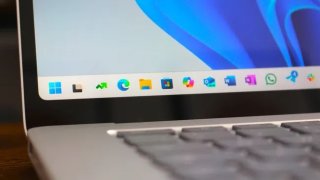
ICT News - Jul 05, 2025
Windows 11 is Now the Most Popular Desktop OS in the World

ICT News - Jul 02, 2025
All About Florida’s Alligator Alcatraz: A Smart Move for Immigration Control

ICT News - Jun 25, 2025
AI Intimidation Tactics: CEOs Turn Flawed Technology Into Employee Fear Machine

ICT News - Jun 24, 2025
Tesla Robotaxi Finally Hits the Streets: $4.20 Rides That'll Make You Hold Your...
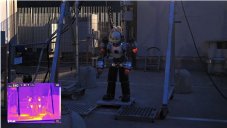
ICT News - Jun 24, 2025
World's First Flying Humanoid Robot Takes Flight

ICT News - Jun 24, 2025
When Closed Source Met Open Source: Bill Gates Finally Meets Linus Torvalds After...
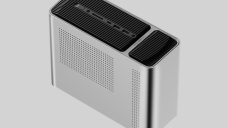
Gadgets - Jun 23, 2025
COLORFUL SMART 900 AI Mini PC: Compact Power for Content Creation

ICT News - Jun 22, 2025
Neuralink Telepathy Chip Enables Quadriplegic Rob Greiner to Control Games with...
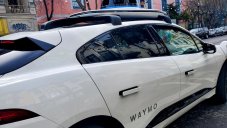
ICT News - Jun 20, 2025
Tesla vs Zoox vs Waymo: Who would win?

ICT News - Jun 19, 2025
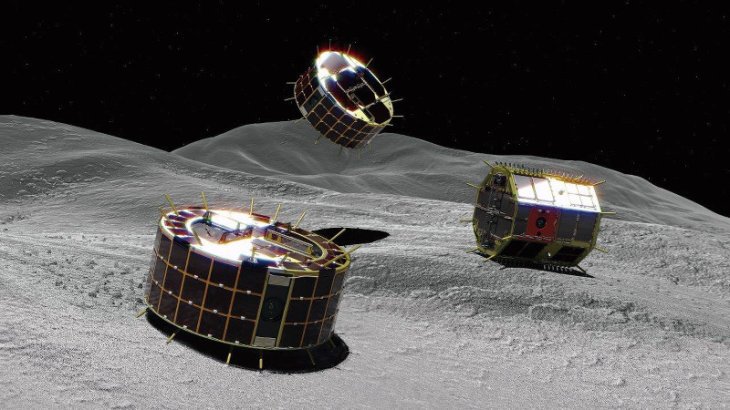
Comments
Sort by Newest | Popular